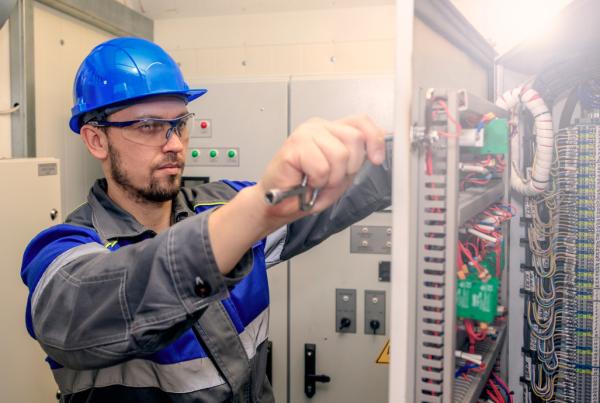A grounding wire is more than just a life-saver; it is potentially the foundation of your building’s whole electrical system. You must make sure that your electrical contractor has installed the system so that it is grounded and that you get your electrical ground system tested on a regular basis for safety.
What Is Ground Testing?
Testing ground systems involves verifying that the whole system has a low impedance path leading towards the ground. During the test, technicians check that the path already has sufficient resistance between your grounding system and the earth.
The ‘acceptable’ figure depends entirely on the size of the electrical system and should comply with the National Electrical Code (NEC) specifications and other relevant guidelines.
Many homeowners and small office buildings often drive a second rod through the earth, and while it might work, doing so may lead to a fine in the next inspection.
There are two major reasons why you should get your electrical ground systems tested every few years by a reliable electrical contractor. These include:
Bonding Issues May Arise
Grounding connects your existing electrical system to the earth, while the electrical system is connected to system components via “bonding.” Bonding and grounding are two ends of the same stick – useless without the other.
If you haven’t bound your system properly, the impedance between the ground and the system itself won’t be as effective at leading low-impedance current and short-circuit to the ground. This means that there is ‘free current’ in the system, leading to safety hazards for your employees. The current may be in the electrical equipment, metal raceways, and enclosures, which leaves you in an unsafe position when operating with or around these items.
You need to make sure that the soil containing the ground system can conduct the current, and diffuse it into the earth effectively.
A visual inspection coupled with a resistance check is usually enough. As per NFPA and IEEE recommendations, ground resistance should be zero ideally. If that is not possible, the resistance should not go beyond the 5.00 ohms mark. On the other hand, the NEC suggests no more than 25.00 ohms.
In addition, the visual inspection can help electricians replace any bonding jumpers that need to be replaced, add new equipment, and modify the system if needed before it damages anything.
Ground systems should be tested once every year for better employee safety.
Identifying Inadequacies
Ground testing begins by measuring resistance and ends by inspecting the whole electrical system to see any inadequacies in the materials, technique, and grounding.
Use spark extinguishing and lightning protection systems for increased employee security. Create a better electrical environment by reducing the load on electrical points via ground testing. It will help you determine what needs to be changed.
Other factors considered include the soil conductibility, the equipment you use, potential difference concerns, and more.
Grounding helps strengthen the foundation of your electrical systems and can help you create a much safer environment for your employees. If you would like to do the same for your employees or want to learn more about the importance of testing electrical ground systems, get in touch with us today!




